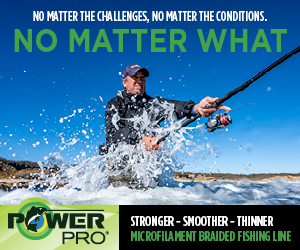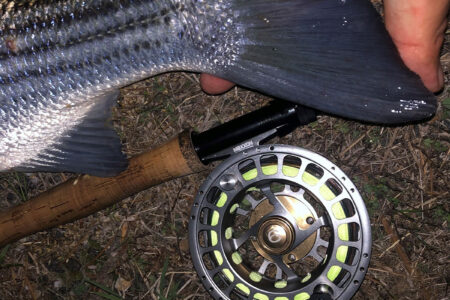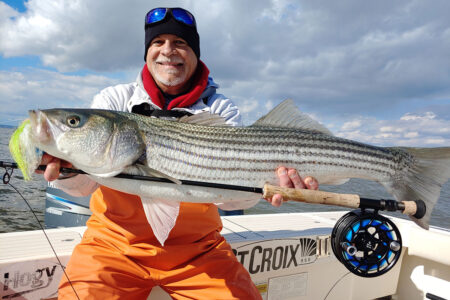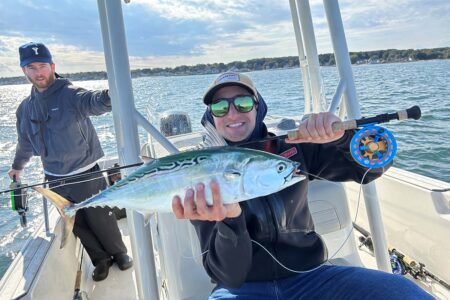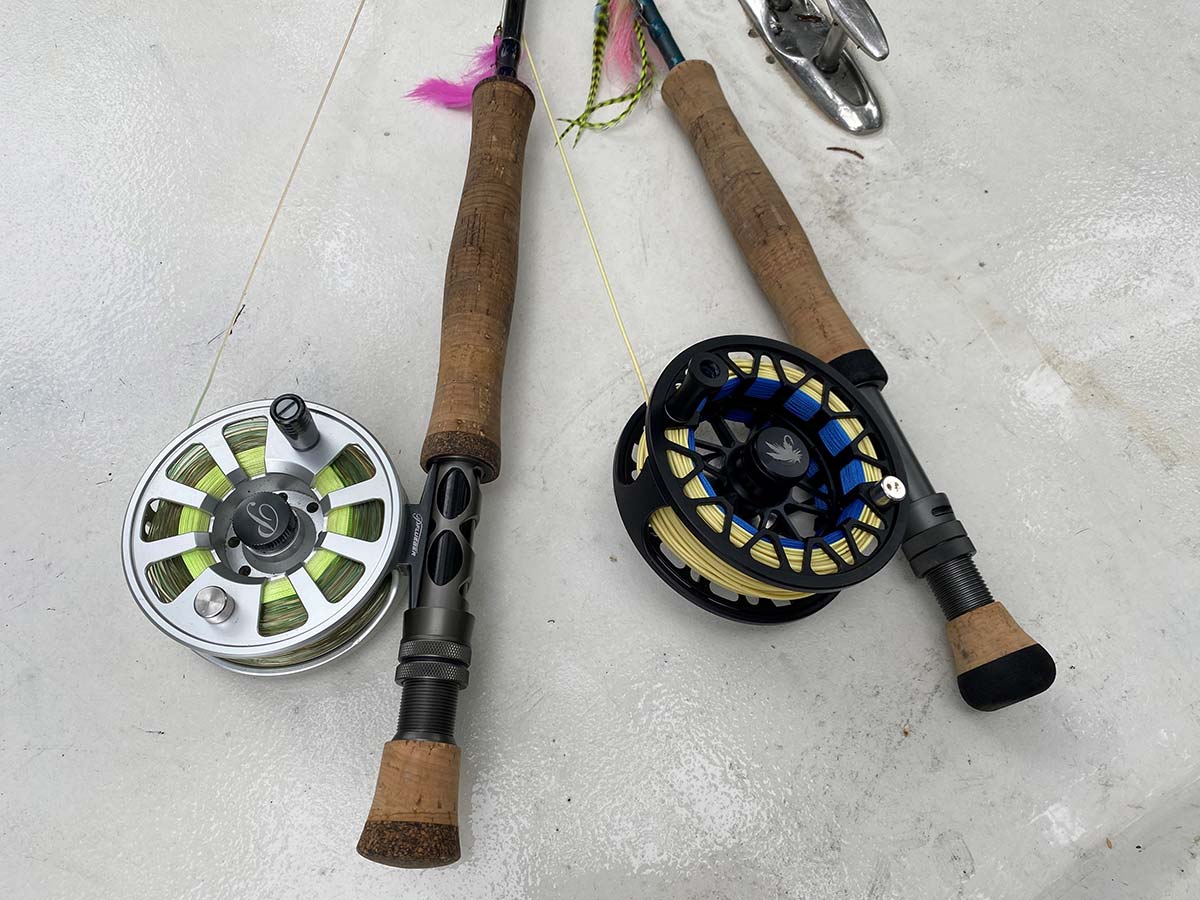
Selecting the right fly rod for striped bass fishing is a crucial step toward success.
Fly fishing for striped bass is an exhilarating experience that combines the finesse of fly casting with the power and strength of this iconic saltwater species. To make the most of your striped bass fly fishing this fall, choosing the right rod is crucial. We’ll explore the key considerations for selecting the perfect fly rod for striped bass fishing, helping you tackle these impressive fighters with confidence and success, all while having the right stick to present the right flies at the same time.
Stripers are known for their strength, speed, and hard-fighting nature. They inhabit both saltwater and brackish environments, making them a popular target for Northeast fly anglers. Striped bass can range from just a few pounds to over 50, and they require all types of fly gear to handle their power and sizes.
When choosing a fly rod for striped bass, the first consideration is the rod’s weight. Fly rods are typically designated by a number (e.g., 7-weight, 9-weight, etc.), which corresponds to their line weight. For striped bass fishing, 8 to 10-weight rods are some of the more common options and typically what I stick with for fall fishing. Here’s a breakdown of their uses by weights and lengths:
8-Weight Rod: An 8-weight fly rod is versatile and suitable for a wide range of striper sizes. It provides the power to cast larger flies and handle moderately sized fish comfortably. The choice also gives you the ability to present smaller offerings when stripers are feeding on tiny rainbait or smaller sand eels.
9-Weight Rod: A 9-weight rod offers more backbone and is ideal for targeting larger striped bass. It can handle larger flies and is well-suited for fishing in challenging conditions, such as windy days or heavy surf. Larger Clousers or peanut bunker flies are suitable with this option.
10-Weight Rod: When chasing trophy-sized stripers or fishing in strong currents, a 10-weight rod provides the extra strength needed to control big fish and cast large, weighted flies. Some of these flies might resemble a peanut bunker or larger eel. A topwater fly could also be cast and worked with this weight.
The length of your fly rod also plays a significant role in your striped bass fishing experience. Most striped bass fly rods fall in the 9 to 10-foot range. Here’s how to decide:
7-foot 6-inch Rods (Short Stick): What might be used in tighter quarters when trout fishing, also makes an excellent boat fly rod also for its convenient length. Using a 9-foot rod would make it difficult to land a striper on a boat at times — especially if you fish solo, so if you can get your hands on or have a custom rod builder create one of these for you, it makes a great choice for casting off the skiff.
9-Foot Rods: These are versatile and easy to cast, making them a good choice for anglers who are just starting with fly fishing or prefer a shorter rod for more precise casting. The 9-foot option is probably one of the most popular when it comes to fly casting and is what you will see used by most fly fishermen in the Northeast.
10-Foot Rods: A 10-foot rod offers extended reach, allowing for longer casts and better line control. It’s favored by experienced anglers and is excellent for fishing from the surf or when wading in deeper water.
The rod’s action and material are other essential factors to weigh. For striped bass, a fast or medium-fast action rod is often preferred. These rods provide the power to cast heavy lines and flies while still allowing for accurate presentations. Most modern fly rods are also made from graphite, which is lightweight and durable. Look for high-quality graphite rods that can withstand the rigors of saltwater environments. Some have used bamboo in the past but I have found for the salt, stick to the graphite.
Don’t forget to match your fly rod with an appropriate fly reel and line. A large arbor reel with a smooth drag system is essential for controlling bigger stripers. As for fly lines, choose a weight-forward or shooting-tapered line that matches your rod’s weight designation. If you are going to try topwater, of course use the floating line.
Selecting the right fly rod for striped bass fishing is a crucial step toward success on the water. Consider the size of stripers you intend to target, the fishing conditions, and your own casting preferences when making your choice. With the right combination of rod weight, length, action, and material, you’ll be well-equipped to enjoy striped bass fly fishing missions and create lasting memories on the saltwater flats, beaches, and bays where you might find ‘em this fall.
